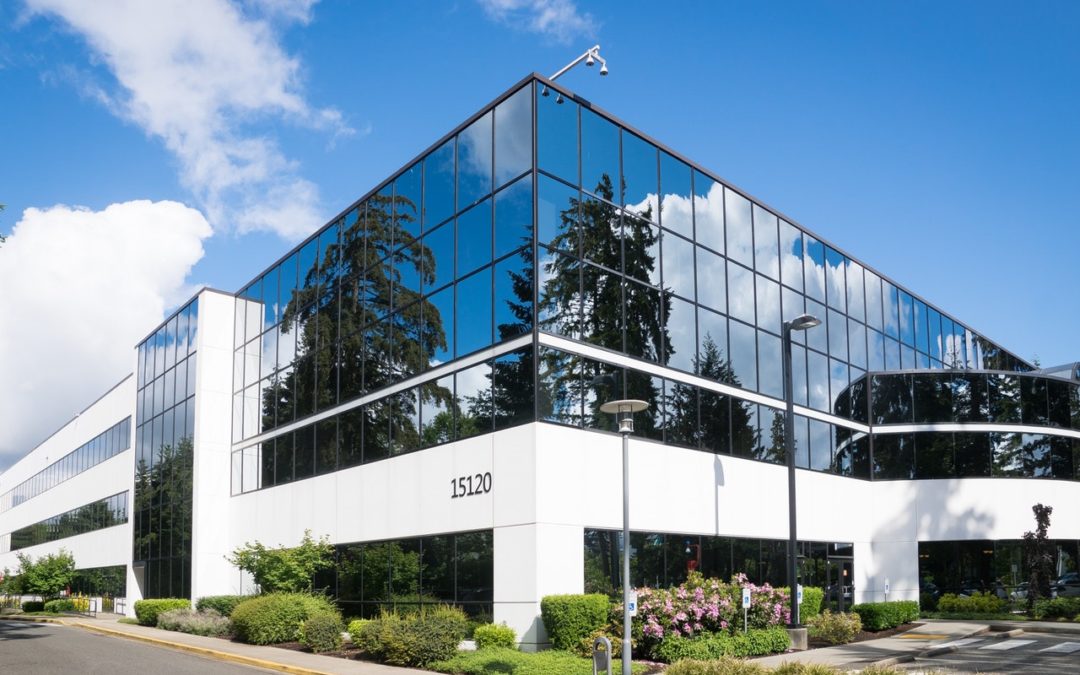It’s fun to go on benchmarking trips. It’s fun to go see Toyota or Toyota-inspired operations in Japan. Everyone comes back from those experiences with a head full of “what could be” and ideas on what to change, all at the same time. Then they get back to their plant, get pulled into a few daily fires, talk with their team about what their value stream map says they should change, and a year later nothing’s happened.
It’s a familiar cycle, often repeated again like Groundhog Day. What would you do to break it? What should happen in your plant on a regular basis to build a framework for continued action? An appetite for sustained change? For trials and effort that, although they don’t always succeed spectacularly, always create lessons to learn from and apply to a new round of improvement?
That appetite for change, a dissatisfaction with the current state, and a team ready to put in the work together to make things happen is what we mean by culture change. Here’s how:
Quickly connect seeing, action, change, and learning – shorten the PDCA cycle
I had a follow-up visit this month with a client. Our first discussion was a new project they had kicked off on our last visit two months ago, and their update was that nothing had happened. The team understood the situation, agreed on the actions, yet nothing had changed.
Change is a certain kind of stress, just like exercising or a new diet. If you have not changed in a while, your first reaction will be resistance or refusal. If you’re used to change every day and have seen the benefits, it’s like breathing – you do it without thinking.
When you attack change instead of planning and thinking about it, you start to build that “muscle” in your team. You connect the mind (thinking) and the body (acting) and instill in everyone the understanding that this is “how we do things”, moving the culture from passive to active.
To change your thinking, ask what can be done in 4 hours. Then do it. Create a constraint that forces you to take an action.
Build your champions
You already know the value of lean, but it’s likely that most of the people in your organization won’t, even people in top management positions. There will be other people that are ready to change, who have a natural dissatisfaction with the current state. Nurture those people to start building your network of champions. You never know where they might be, and sometimes they’ll surprise you.
The plant controller who read a book about “Lean Accounting” and is interested in how lean works. The mechanical engineer who draws new part holding fixtures in their spare time “for fun”. The 2nd shift maintenance crew leader who can build anything from a napkin sketch.
Work with these people to create projects in your zone of control, create results that you can document and expand on. Do lean for the sake of the company, not lean for the sake of lean.
When it comes to spending money on implementing a new way of doing things, decision makers often need to see it to believe it. Provide them with examples of what you’ve done and what other companies have achieved. Then you can start the discussion of what more can be achieved with a systems approach to lean that builds on your focused examples.
Start with improving the work environment for one person
It’s easy to get lost on where to start if you don’t have experienced implementation support. Challenges and opportunities appear everywhere you look. Dial it back to one person. Talk with your champions about what other people they think would be open to working with you. Discuss things about their daily work that they could improve, that frustrate them, that prevent them from performing. There will be many ideas, so just pick something to do. It’s called continuous improvement for a reason. So don’t wait for the idea that creates a perfect state, just an improved state. Give them a reason to believe and build from there.
When you’re ready to install a lean operating system for your organization, contact the lean experts at Geolean. We offer lean integration support that will help you successfully integrate lean as your new, regular way of doing things.




